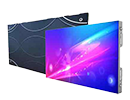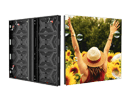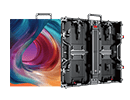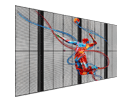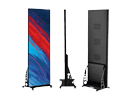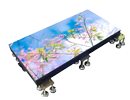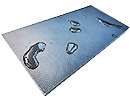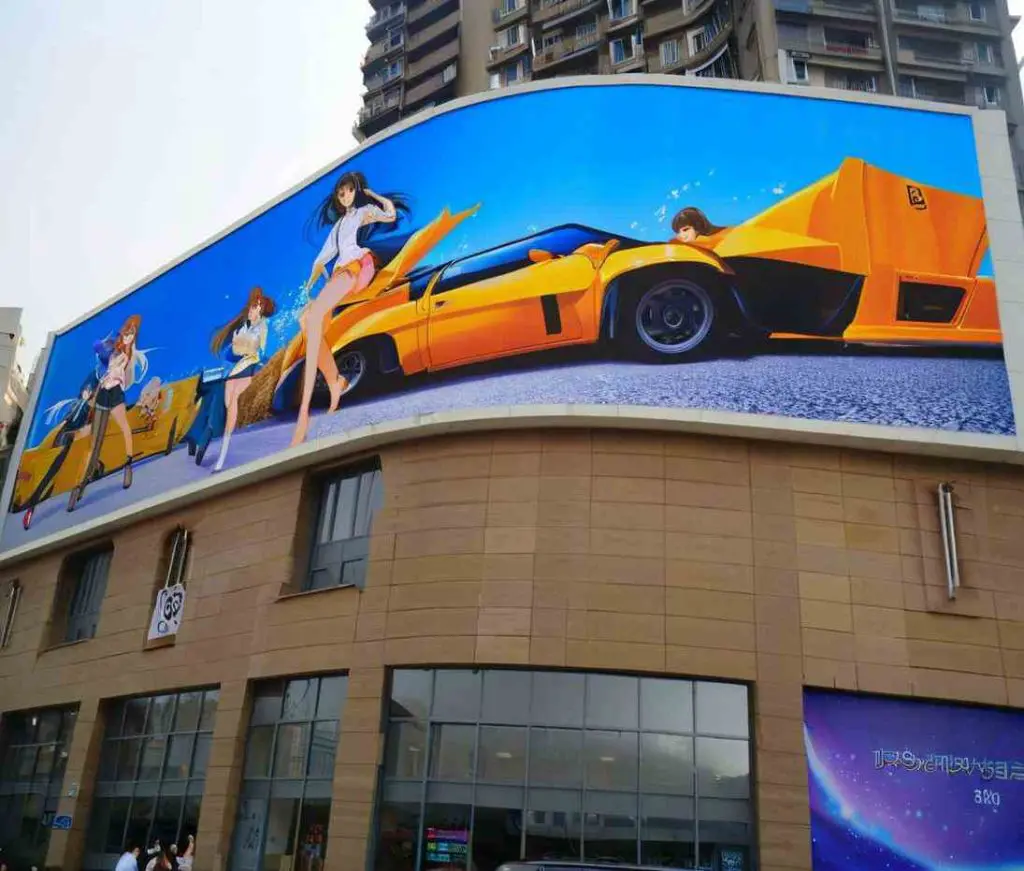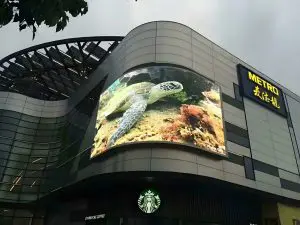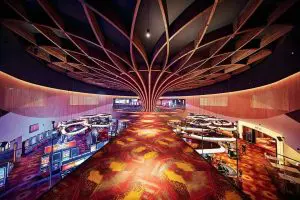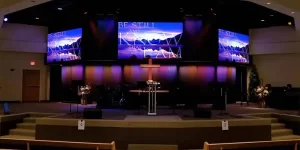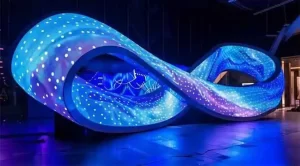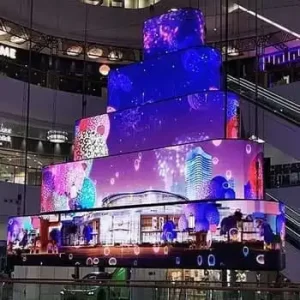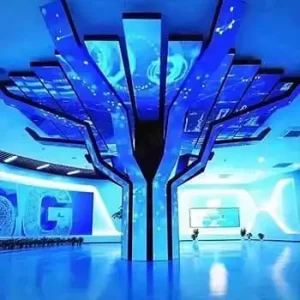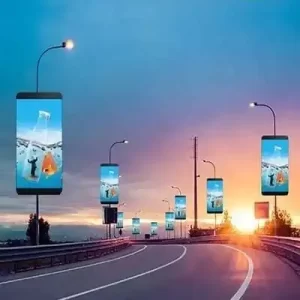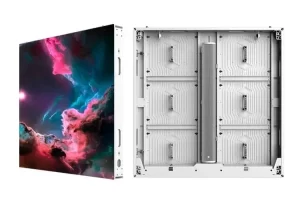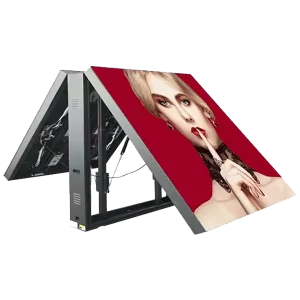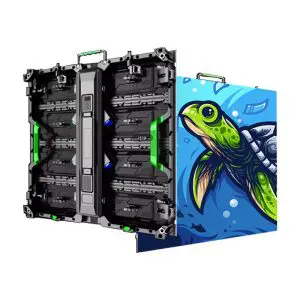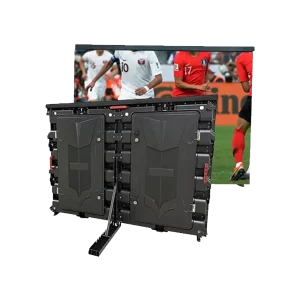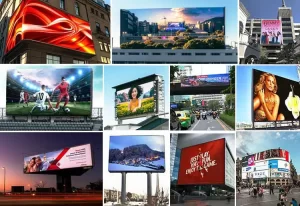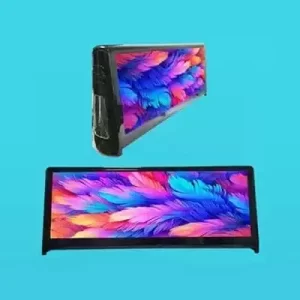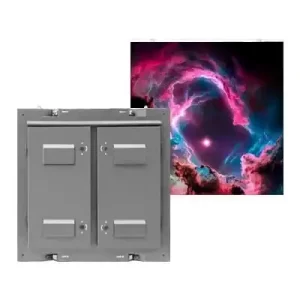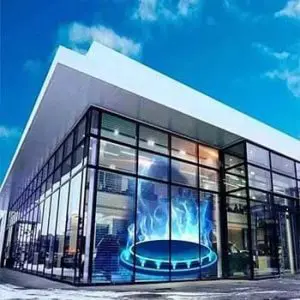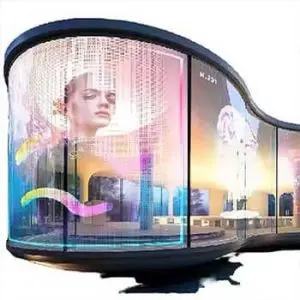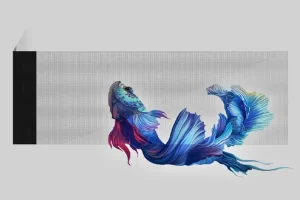A custom outdoor LED screen is the ultimate solution for businesses and organizations looking to stand out in advertising, events, and public spaces. These screens are tailored to fit specific dimensions, shapes, and technical requirements, making them an excellent choice for creative and large-scale applications.
In this guide, we’ll explore the benefits, features, pricing, and how to create a custom outdoor LED screen to help you make an informed decision.
Why Invest in a Custom Outdoor LED Screen?
1. Fully Tailored Design
Custom outdoor LED screens allow you to choose:
- Exact Dimensions: From small signage to massive billboards.
- Unique Shapes: Standard rectangular screens, curved displays, or irregular shapes like circular and cylindrical designs.
- Specific Pixel Pitch: High resolution for close viewing or standard resolution for long-distance visibility.
2. High Visibility in Any Condition
- Brightness: Custom screens offer adjustable brightness levels ranging from 5,000 to 10,000 nits, ensuring clear visibility even in direct sunlight.
- Wide Viewing Angles: Up to 160°–178°, providing clear visuals from multiple perspectives.
3. Built for Outdoor Durability
- Weatherproof Construction: Designed with IP65-rated waterproofing (front) and IP54-rated dustproofing (back).
- UV and Corrosion Resistance: Materials that withstand extreme weather conditions like rain, snow, heat, and wind.
4. Scalable and Modular
- Modular LED panels allow for flexible configurations, making it easy to expand or adjust the screen size in the future.
5. Versatile Applications
- Advertising: Digital billboards in high-traffic areas.
- Events: Large screens for concerts, festivals, and live performances.
- Public Information: Displays for city squares, transportation hubs, and government facilities.
- Retail: Dynamic storefront signage that attracts and engages customers.
Key Features of Custom Outdoor LED Screens
- Customizable Pixel Pitch
- P3–P5: High resolution for closer viewing distances (e.g., storefronts, small billboards).
- P6–P10: Standard resolution for medium to long-distance visibility (e.g., highways, stadiums).
- Brightness Levels
- Ranges between 5,000–10,000 nits, with automatic adjustments for day and night.
- Weather Resistance
- Fully waterproof and dustproof with IP65–IP68 ratings.
- Durability
- Designed to last 50,000–100,000 hours, ensuring long-term reliability.
- Dynamic Content
- Supports videos, animations, live streaming, and real-time updates.
- Compatible with most content management systems (CMS) for easy scheduling and remote control.
- Custom Shapes
- Options for curved, cylindrical, transparent, or even 3D-style displays.
- Energy Efficiency
- Low power consumption with modern LED technology.
Cost of Custom Outdoor LED Screens
The price of a custom outdoor LED screen depends on various factors, including size, resolution, shape, and features. Below is a general pricing guide:
| Size | Pixel Pitch | Brightness | Estimated Price (USD) | Best Application |
|---|---|---|---|---|
| 2m x 1m (2 m²) | P3–P4 | 5,000–8,000 nits | $10,000–$20,000 | Storefronts, small signage. |
| 5m x 3m (15 m²) | P5–P6 | 6,000–10,000 nits | $50,000–$90,000 | Medium-sized billboards, events. |
| 10m x 5m (50 m²) | P6–P10 | 6,000–10,000 nits | $150,000–$300,000 | Large billboards, stadium screens. |
| Custom Shapes | Varies | 6,000–10,000 nits | $200,000+ | Curved, cylindrical, or transparent displays. |
Additional Costs to Consider
- Installation
- Cost: $2,000–$30,000 depending on the complexity of the setup.
- Includes mounting structures, electrical work, and waterproofing.
- Content Management System (CMS)
- Cost: $500–$5,000 for software that enables remote updates and real-time scheduling.
- Maintenance
- Annual Cost: 5–10% of the screen price for cleaning, inspections, and repairs.
- Power Consumption
- Average Usage: 500–800 watts/m², depending on brightness levels and daily operation hours.
- Shipping
- Costs vary based on screen size and destination.
How to Create a Custom Outdoor LED Screen
1. Define Your Requirements
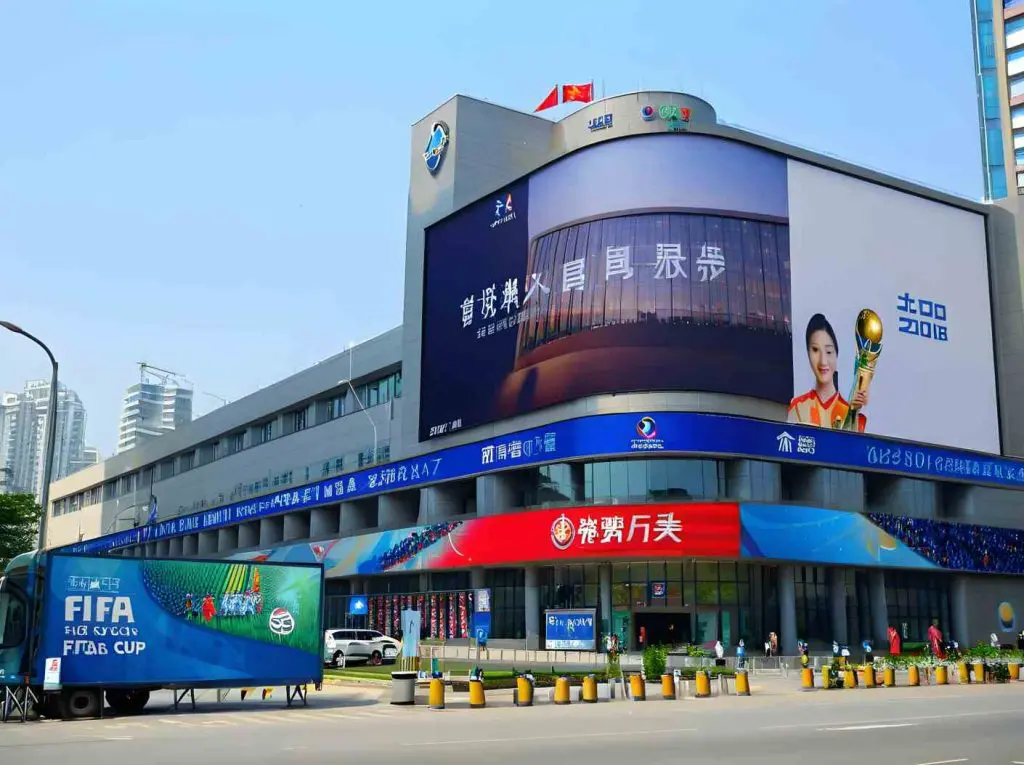
Start by determining:
- Purpose: Advertising, events, public information, or branding?
- Size: Consider the available space and viewing distance.
- Shape: Decide if you need a flat, curved, or custom-shaped screen.
- Pixel Pitch: Choose based on the viewing distance (e.g., P3 for close-up, P10 for far viewing).
- Brightness: Ensure the screen can handle outdoor sunlight (minimum 5,000 nits).
2. Select Key Features
- Weatherproofing: Ensure the screen is IP65 or higher to handle rain and dust.
- Dynamic Content: Confirm compatibility with your preferred CMS for remote updates.
- Energy Efficiency: Opt for energy-saving features to reduce operational costs.
3. Request a Design Consultation
- Work with screen designers to create a mockup or 3D model of your custom display.
- Share your location details, content requirements, and budget for optimized recommendations.
4. Compare Proposals
- Get quotes from multiple providers to compare pricing, warranties, and delivery timelines.
- Ensure the proposal includes installation, maintenance options, and power consumption details.
5. Approve the Final Design
- Confirm dimensions, resolution, brightness levels, and other key specifications.
- Approve the delivery schedule and installation plan.
6. Installation and Setup
- Hire professionals to install the screen securely and connect it to the content management system.
- Test the screen’s performance, including brightness, clarity, and weather resistance.
Benefits of Custom Outdoor LED Screens
- Enhanced Brand Visibility
- Unique designs capture attention and differentiate your business.
- Adaptability for Any Location
- Tailor the screen to fit specific spaces or architectural designs.
- Long-Term Investment
- Durable materials and energy-efficient technology ensure a great return on investment.
- Dynamic Advertising
- Engage audiences with flexible, real-time content updates.
- Scalability
- Modular designs allow for future expansion or reconfiguration.

